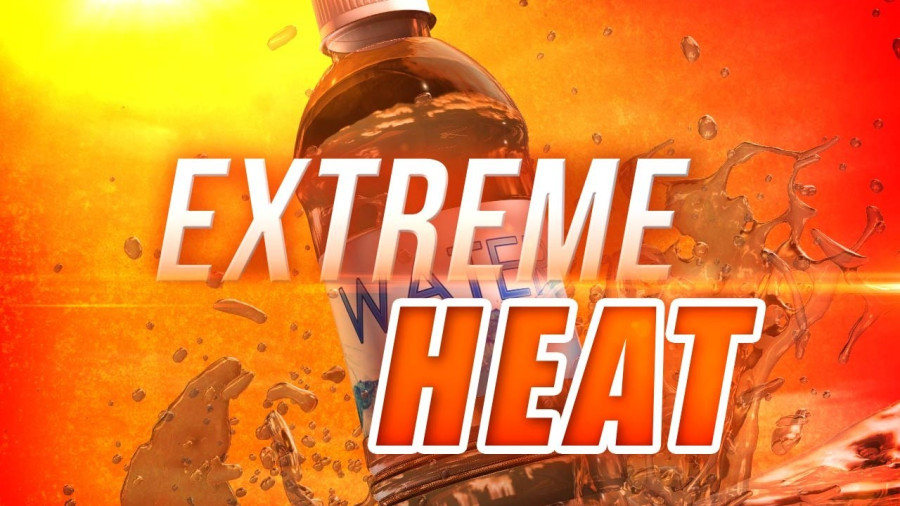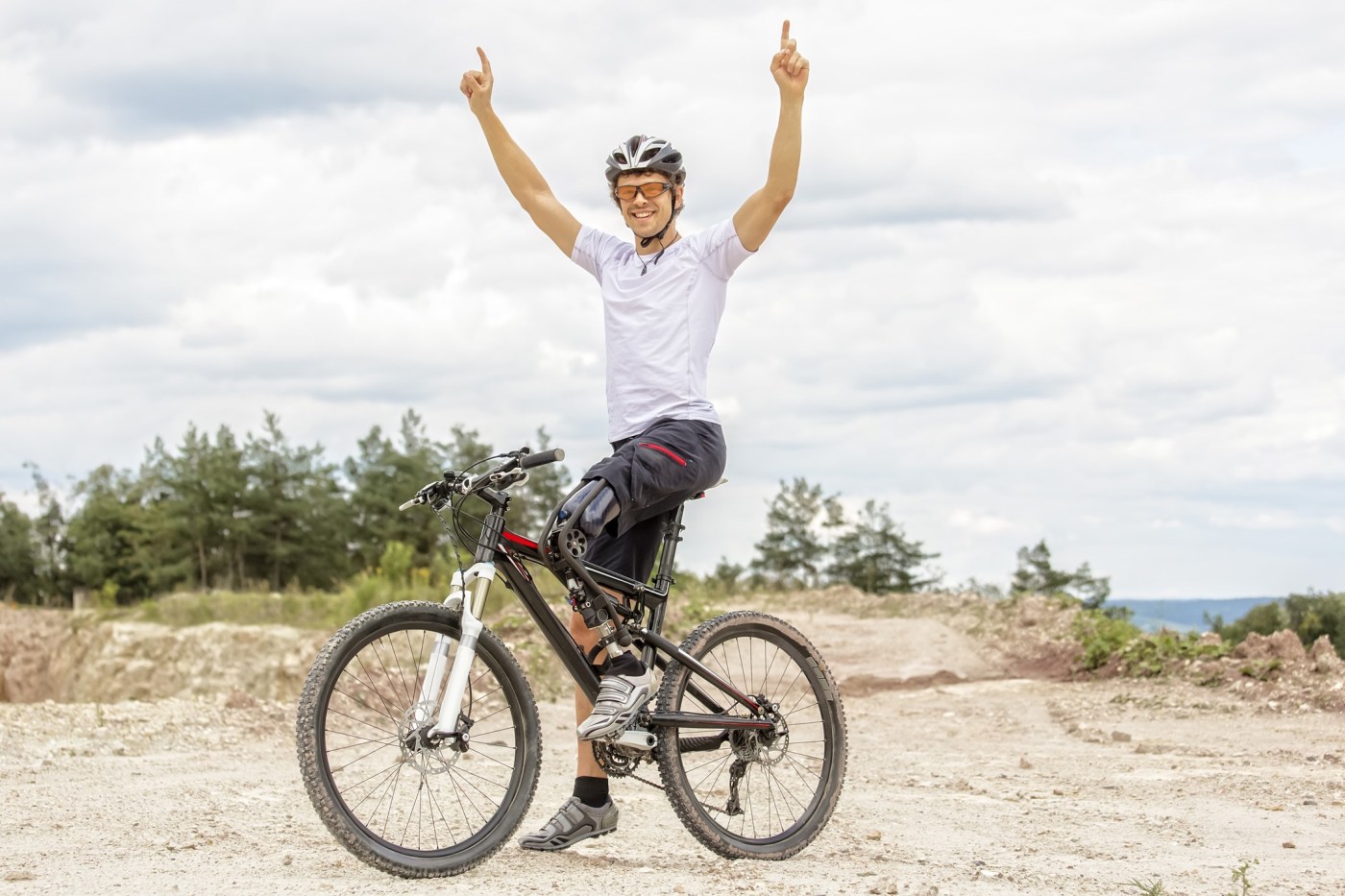There’s hot summer weather—and then there are heat waves or extreme heat. Much like other natural disasters, extreme heat can be very dangerous. Heat kills by pushing the human body beyond its limits. In extreme heat and high humidity, evaporation is slowed and the body must work extra hard to maintain a normal temperature. Most heat disorders occur because the victim has been overexposed to heat or has over-exercised for his or her age and physical condition. Older adults, young children, and those who are sick or overweight are more likely to succumb to extreme heat.
Conditions that can induce heat-related illnesses include stagnant atmospheric conditions and poor air quality. Consequently, people living in urban areas may be at greater risk from the effects of a prolonged heat wave than those living in rural areas. Also, asphalt and concrete store heat longer and gradually release heat at night, which can produce higher nighttime temperatures known as the “urban heat island effect.”
Let’s take a closer look at the different heat illnesses and how to identify them.
There are multiple methods to prevent, protect, and mitigate the effects of extreme heat. Air-conditioning and staying hydrated is the best way to protect yourself against heat-related illness and death. Listed below are other safety measures for you and your loved ones to include pets and service animals against extreme heat.
BEFORE Extreme Heat
- Be aware of weather forecasts and the upcoming temperature changes.
- Cover windows that receive morning or afternoon sun with light-colored drapes, shades, awnings, or louvers. (Outdoor awnings or louvers can reduce the heat that enters a home by up to 80%.)
- Upgrade your windows and weather-strip doors to keep heat out and cool air in.
- Properly install window air conditioners, sealing any cracks and insulating if necessary.
- Check A/C ducts for proper insulation and clean filters.
- Check the contents of your emergency disaster kit in case of a power outage occurs.
- Have a plan for wherever you (and your family members/pets) spend time during a heat wave—home, work, and school—and prepare for power outages. Discuss heat safety precautions with members of your household.
- A home generator is the safest and most reliable solution! (Power outages are common during heat waves because the need for A/C puts too much pressure on the power grids. A standby generator, however, automatically keeps the A/C running, the lights on, food and medicine from spoiling, and medical devices operating.)
DURING Extreme Heat
- Stay inside during the hottest part of the day (10 a.m. to 4 p.m.) and limit sun exposure. Avoid strenuous activity and postpone outdoor games and events until coolest time of day.
- Remain on the lowest floor in a well-ventilated area with fans if air conditioning is not available.
- Dress in loose-fitting, lightweight, and light-colored clothes that cover as much skin as possible.
- Protect face and head by wearing a wide-brimmed hat.
- Apply and reapply sunscreen to protect your skin from sunburn.
- Eat well-balanced, light, and regular meals. Avoid using salt unless directed to do so by a physician.
- Drink plenty of water. People who have epilepsy or heart, kidney, or liver disease, on fluid-restricted diets, or have a problem with fluid retention should consult a doctor before increasing liquid intake.
- Keep your pets indoors and make sure they have access to a cool space and plenty of water.
- Limit intake of alcoholic beverages.
- Check on family, friends, and neighbors who do not have air conditioning and who spend their time alone.
- NEVER leave children or pets/service animals in parked, unattended vehicles.
AFTER Extreme Heat (Treatment)
- Heat cramps: Get the person to a cooler place and have him or her rest in a comfortable position. Lightly stretch the affected muscle and replenish fluids. Give a half glass of cool water every 15 minutes. Do not give liquids with alcohol or caffeine in them, as they can make conditions worse.
- Heat exhaustion: Get the person to a cooler place and have him or her rest in a comfortable position. Remove or loosen tight clothing and apply cool, wet cloths, such as towels or sheets. If the person is conscious, give cool water to drink. Make sure the person drinks slowly. Give a half glass of cool water every 15 minutes. Do not give liquids that contain alcohol or caffeine. Watch carefully for changes in his/her condition.
- Heat stroke: Heat stroke is a life-threatening situation. Help is needed fast. Call 911 or your local emergency number. Move the person to a cooler place. Quickly cool the body. Immerse victim in a cool bath or wrap wet sheets around the body and fan it. Watch for signals of breathing problems. Keep the person lying down and continue to cool the body any way you can. If the victim refuses water, is vomiting, or if there are changes in the level of consciousness, do not give them anything to eat or drink.
More information
For more tips on heat safety for parents, outdoor workers, and other useful information, please click on the links below:
NOAA: Heat Safety Tips and Resources
Kristin Daniel is an emergency management specialist for VA’s Office of Emergency Management & Resilience.
Topics in this story
More Stories
Summer Sports Clinic is a rehabilitative and educational sporting event for eligible Veterans with a range of disabilities.
Report examines the input of over 7,000 women Veterans: They are happier with VA health care than ever before.
Veterans and caregivers, you can help shape the future eligibility requirements for the VA Caregiver Support program.








